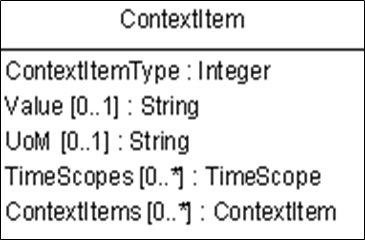Summary
Precision agriculture is still limited by a lack of interoperability among different hardware and software systems. AgGateway, a nonprofit consortium of 240+ companies, leveraged its wide cross-section of precision agriculture stakeholders to propose a collaborative solution: its ADAPT team created an open-source Application Data Model (ADM) representing a superset of field operations data. The goal: to replace the current reality, where farm management information systems (FMIS) must support multiple, incompatible data formats, with a single integration to the ADAPT Application Data Model and a system of manufacturer-specific format-conversion plug-ins. This enables the FMIS to read/write to new systems with little marginal development cost. The ADM fulfills requirements from AgGateway’s SPADE and PAIL projects, and pursues compatibility with the ISO11783-10 standard (ISOXML) and participating companies’ own systems.
...
- The Case for a Controlled Vocabulary: If data is only taken from a controlled vocabulary (think dropdown menu) then everyone can understand its meaning (no free-form stuff).
- The case for flexibility / extensibility: There will continually be new things to keep track of. The system should readily accept new lists and new terms.
- Questions: Who controls the vocabulary? Single or multiple-source? How are things added to it?
The Geopolitical Context Challenge
- Support US, EU,, etc. geopolitical-context-dependent data, yet
- Not clutter the standard that seeks to remain generic.
- Support controlled vocabularies, yet
- Allow for simple extensibility thereof.
Enter ADAPT (Open-source programming toolkit)
- Common object model
- Format conversion library
- Manufacturer-specific “plug-ins” that convert to/from the common object model
The ContextItem
- ContextItems are generic tags that can be attached to the objects in the ADAPT common object model and ISOXML linklist file, containing geopolitical-context-dependent information.
- ContextItems represent a solution to the contradictory requirements.
- Used in conjunction with a controlled vocabulary.
- This vocabulary is a collection of data from different sources such as WMO, USDA, etc.
- Extensible: the vocabulary can be sourced through a reference data API.
- Will require a streamlined process in AgGateway’s Standards & Guidelines Committee's Controlled Vocabularies Working Group, analogous to the one we already set up for the AgGlossary at www.agglossary.org.
ADAPT's ContextItem Class
- These objects can be nested (e.g., US PLSS cadastral data)
- The ContextItemType is a code that identifies what a given ContextItem contains: think if it as a number that identifies what “Value” means: is it a PLSS Township number? An FSA Tract ID? An EPA Number? A PLSS Prime Meridian string?
- The optional unit of measure is represented with a UN Recommendation 20 common code, the same as much of AgGateway's supply chain work (i.e., the Ag eStandards).
ContextItem Presentation made at 2016 Annual International Meeting of the American Society of Agriultural and BIological Engineers
ASABE ContextItem Presentation 2016 .pdf
ASABE ContextItem Paper 2016 (Short link to this: http://bit.ly/2rWH7Ds)
